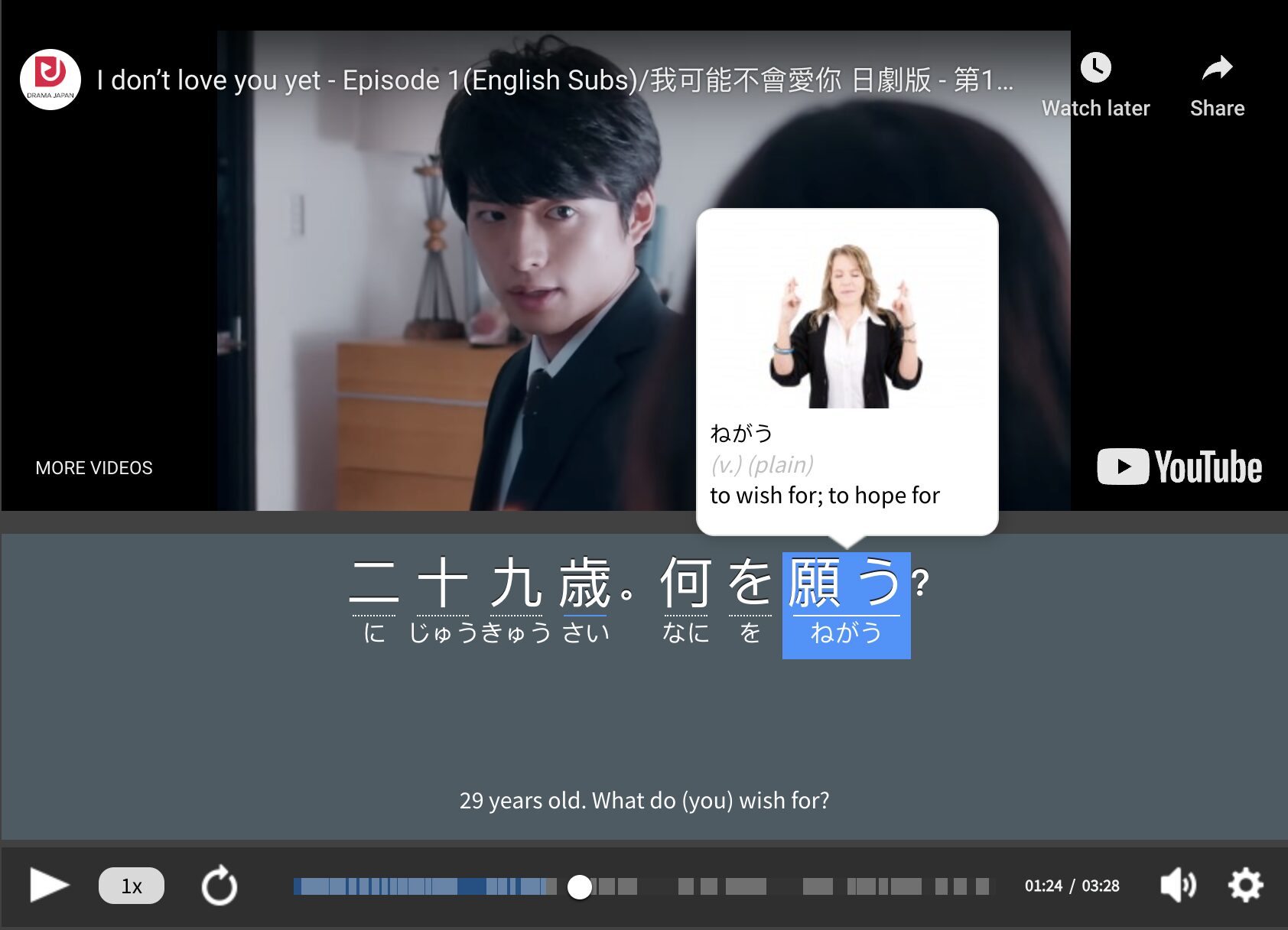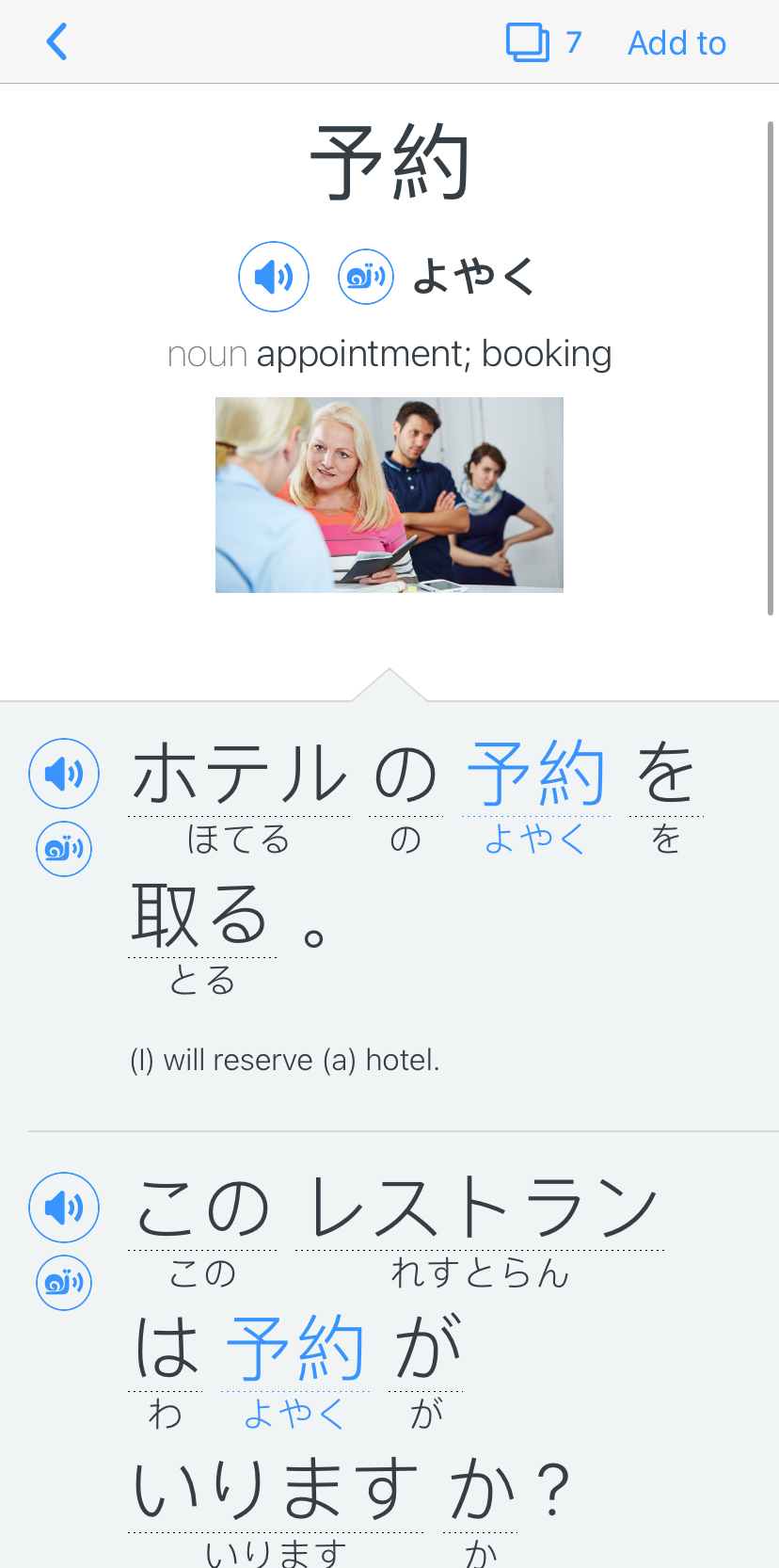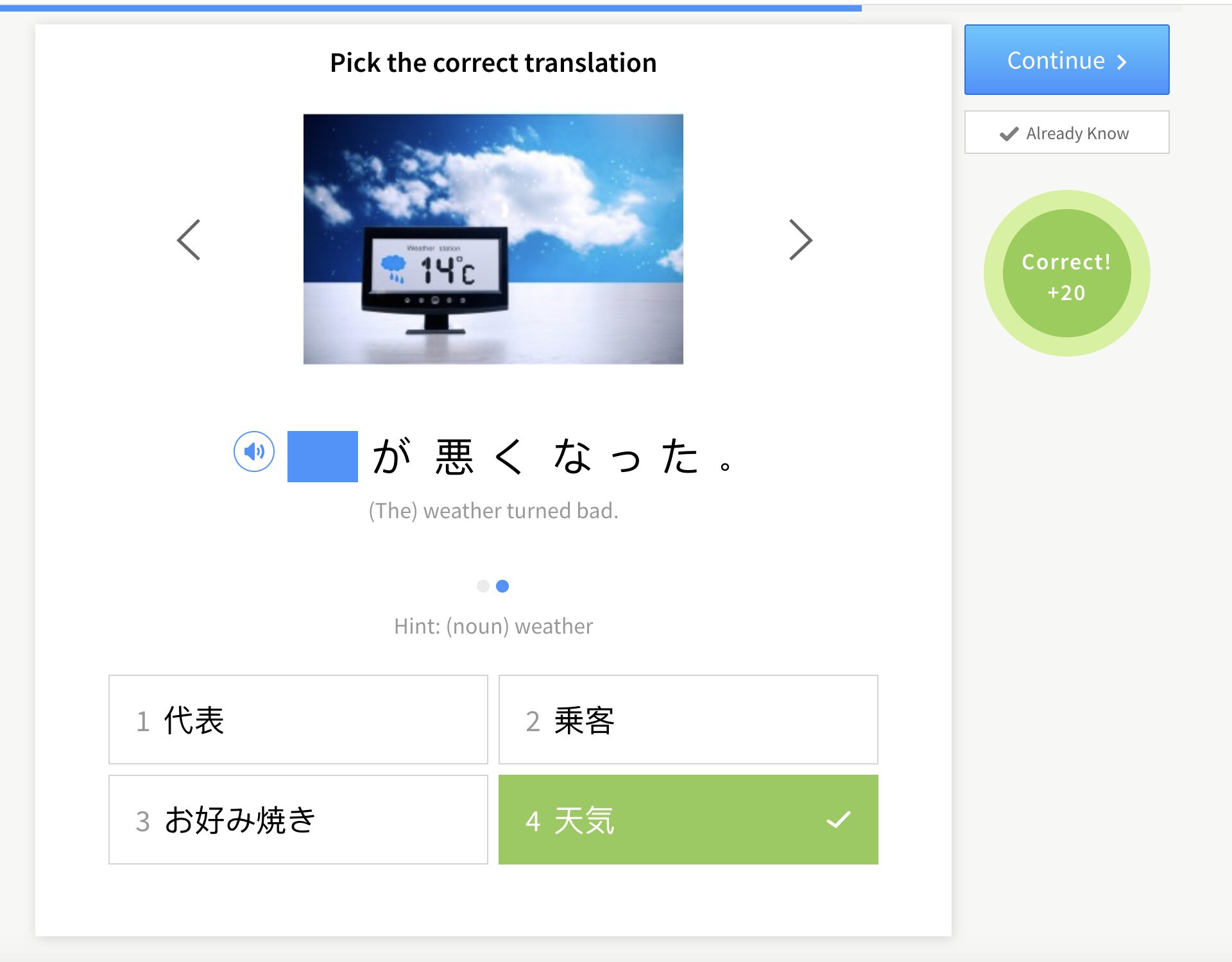The Complete Guide to Japanese Email Etiquette and Format

“… I think that your Japanese is good enough to understand how you should address a professor. Please reword this email before I forward it to the department head.”
I was by no means a beginner, so how could I fail at sending a simple email after all this time?
I discovered that the problem wasn’t due to my knowledge of the Japanese language—it was my understanding of Japanese culture.
There’s an entire culture and etiquette surrounding digital correspondence in Japanese, so if you plan to live, study or even just make some acquaintances in Japan, you’ll need to know the basic Japanese email format.
Download: This blog post is available as a convenient and portable PDF that you can take anywhere. Click here to get a copy. (Download)
Proper Japanese Email Format
There’s definitely a proper format for Japanese emails, and if you’re a native English speaker, it’s probably a bit different than what you’re used to.
So, you do have to learn it if you want to succeed at Japanese email etiquette. The good news is that it’s quite straightforward and a lot of it is just putting the right phrases in the right places.
A proper email looks something like this:
- 件名 (けんめい) — Subject
- 宛名 (あてな) — Recipient
- 送信者 (そうしんしゃ) — Sender
- 本文 (ほんぶん) — Body
- 結び (むすび) — Concluding words
- 署名 (しょめい) — Signature
What these different terms amount to might differ slightly from your expectations, so let’s take a closer look.
1. 件名 (けんめい): The subject line of your email
Japanese subject lines carry a lot more oomph than their English equivalents. They should be very specific and tend to be quite long, sufficient that the person you’re contacting will know exactly what’s in your email before they open it.
For instance, if you’re emailing a professor, here’s what two subject lines might look like:
言語社会学 3月17日の講義について (質問)
げんご しゃかいがく さんがつ じゅうしちにち の こうぎに ついて (しつもん)
A question about March 17th’s Linguistic Sociology lecture
古典文学 期末レポート課題 (_名前_)
こてんぶんがく きまつ れぽーと かだい (_なまえ_)
Classical Literature Theme of (my) final paper (your name here)
2. 宛名 (あてな): The recipient of your email
If I were to contact my colleagues, bosses or professors in the US by email, I’d definitely begin with “dear so-and-so,” or at the very least include a salutation. Not doing so could be considered rude.
This isn’t the case in Japan, though: It’s enough to simply state the person’s last name and title. It isn’t even necessary to add an honorific suffix like -san (さん) or -sama (様/さま).
田中先生 (たなか せんせい) — Mr. Tanaka
石川教授 (いしかわ きょうじゅ) — Professor Ishikawa
3. 送信者 (そうしんしゃ): The sender of your email
Here we include a detailed explanation of exactly who we are in relation to the recipient.
I’ll include one example suitable for full-time students and another for exchange students. That being said, the basic structure is something like this:
Faculty — Department — Year of Study — Name
So for example:
文学部言語学科2年の山田花子です。
(ぶんがくぶ げんごがっか にねんの やまだ はなこ です。)
Hanako Yamada, Faculty of Literature, Department of Linguistics, Sophomore
近代日本文学を履修している短期留学生のニコラス・サミです。
(きんだい にほんぶんがくを りしゅうしている たんき りゅうがくせい の にこらす・さみです。)
Sami Nicholas, a short-term international student taking a course in modern Japanese Literature
If you aren’t a student, you should still include sender information, along with any other relevant information about your position or company, so the recipient will know who you are. For instance:
Company — Position — Full name
4. 本文 (ほんぶん): The body of your email
This part is more familiar. Explain why you’re contacting the recipient in a concise manner, but make sure to write it in a respectful, formal fashion.
5. 結び (むすび): A few concluding words
Just like in English, there are a number of fixed phrases that get mixed, matched and attached to the end of a Japanese email to signal that the letter has come to a close.
These typically make use of 謙譲語 (けんじょうご) — humble language. If you’re not sure what exactly that means, be sure to read up a bit about 敬語 (けいご) — keigo, polite language.
お忙しいところお手数をお掛けして申し訳ありませんが、よろしくお願い致します。
(おいそがしいところ おてすうをおかけして もうしわけありませんが、 よろしくおねがいいたします。)
I sincerely apologize to cause you trouble at such a time, Best regards,
お忙しいところ恐縮ですが、ご返信を頂けますと幸いです。
(おいそがしいところ きょうしゅくですが、 ごへんしんを いただけますとさいわいです。)
I understand that you’re very busy, but I would be very grateful if you could find the time to send me a response.
6. 署名: (しょめい) Wrap things up with your signature
Rest assured, there isn’t a cultural hoop to jump through here. Simply list your full name.
山田 花子 (やまだ はなこ) — Hanako Yamada
サミ・ニコラス — Sami Nicholas
Why You Need to Know Japanese Email Etiquette
Imagine that you’re standing in line to buy lunch when reaching into your pocket, you discover that you forgot your wallet. Furthermore, for the sake of argument, you have to ask the person behind you for money.
How would you phrase that request if the person behind you was…
- …your mom?
- …your best friend?
- …your professor?
- …an acquaintance?
- …a complete stranger?
Although we’re essentially saying the same thing in each of these cases—”I need money”—the way you’d phrase this message differs in each scenario. In other words, the language you choose to use depends on the situation you happen to be in.
This is a really key idea: Just because you can express a given idea in a certain way doesn’t mean that it’s the best option for every scenario.
That’s where having an understanding of the culture of your target language becomes important. Being linguistically capable of expressing an idea (say, knowing the necessary vocabulary and grammar to do so) is one thing, but understanding when you should (or shouldn’t) express it in a certain way is another.
Culture is connected to basically everything, including seemingly mundane tasks like sending an email. To learn more about Japanese culture and how to express yourself properly, you can consume more authentic Japanese materials, such as books or movies.
There’s also the language learning app and website FluentU, where lessons come in the form of native Japanese video clips.
FluentU takes authentic videos—like music videos, movie trailers, news and inspiring talks—and turns them into personalized language learning lessons.
You can try FluentU for free for 2 weeks. Check out the website or download the iOS app or Android app.
P.S. Click here to take advantage of our current sale! (Expires at the end of this month.)

By observing actual native Japanese speakers interacting with one another—whether that’s in person or online—you can learn the proper language and etiquette to use in different scenarios. Eventually, things like using the correct Japanese email etiquette will become second nature to you.
Although it might sound frightening, especially if you haven’t done a lot of formal writing in Japanese, sending an email basically amounts to six very formulaic steps.
Even if you make a few mistakes here and there with the Japanese itself, your recipient will still appreciate the email’s overall concise structure!
Download: This blog post is available as a convenient and portable PDF that you can take anywhere. Click here to get a copy. (Download)
And One More Thing…
If you’re like me and prefer learning Japanese on your own time, from the comfort of your smart device, I’ve got something you’ll love.
With FluentU’s Chrome Extension, you can turn any YouTube or Netflix video with subtitles into an interactive language lesson. That means you can learn Japanese from real-world content, just as native speakers actually use it.
You can even import your favorite YouTube videos into your FluentU account. If you’re not sure where to start, check out our curated library of videos that are handpicked for beginners and intermediate learners, as you can see here:
FluentU brings native Japanese videos within reach. With interactive captions, you can hover over any word to see its meaning along with an image, audio pronunciation, and grammatical information.
Click on a word to see more examples where it's used in different contexts. Plus, you can add new words to your flaschards! For example, if I tap on 予約, this is what pops up:
Want to make sure you remember what you've learned? We’ve got you covered. Each video comes with exercises to review and reinforce key vocab. You’ll get extra practice with tricky words and be reminded when it’s time to review so nothing slips through the cracks.
The best part? FluentU tracks everything you’re learning and uses that to create a personalized experience just for you. Start using the FluentU website on your computer or tablet or, better yet, download our app from the App Store or Google Play.
Click here to take advantage of our current sale! (Expires at the end of this month.)











